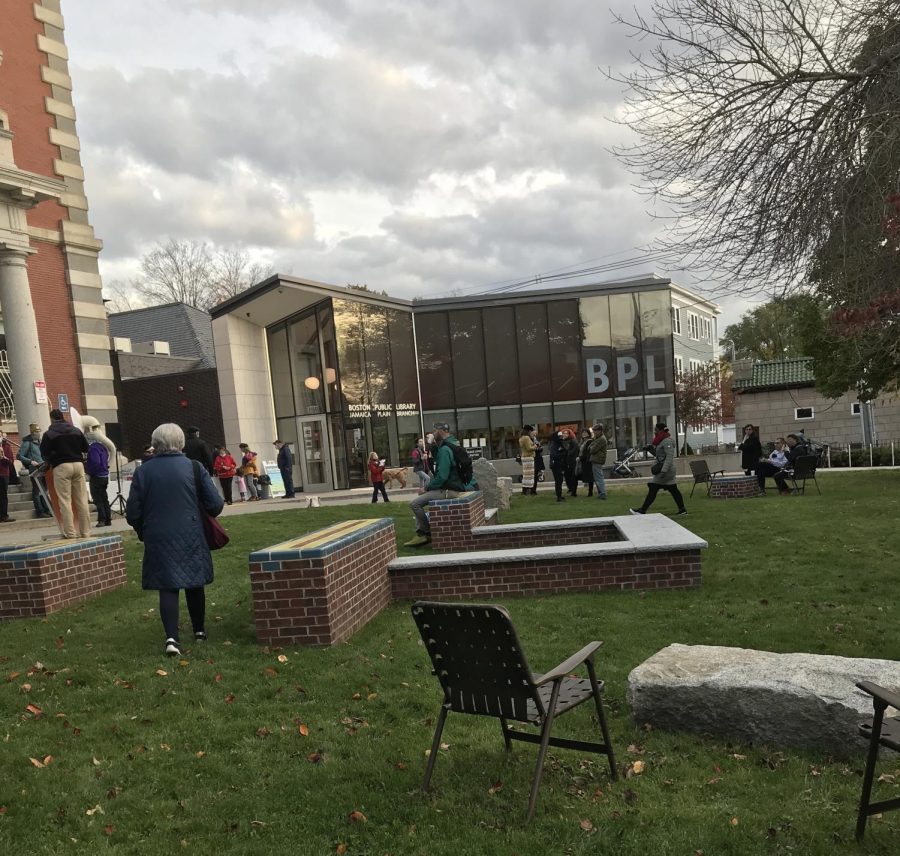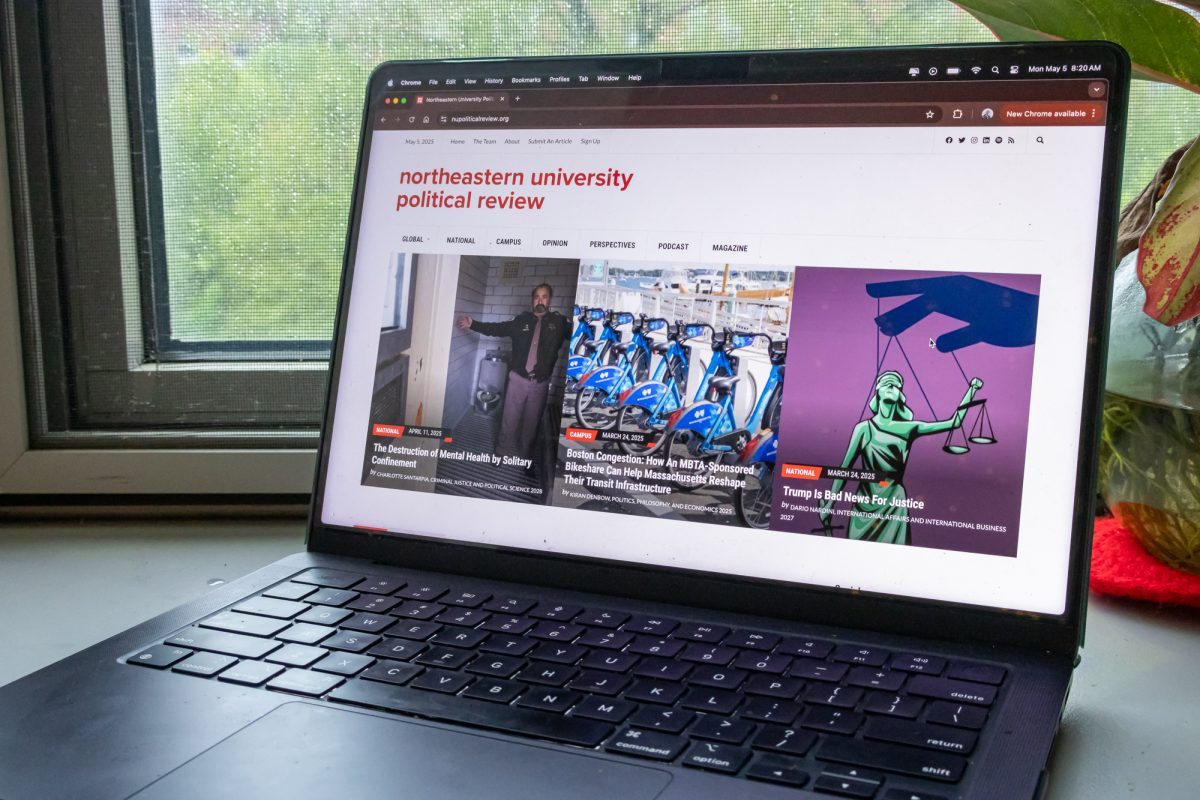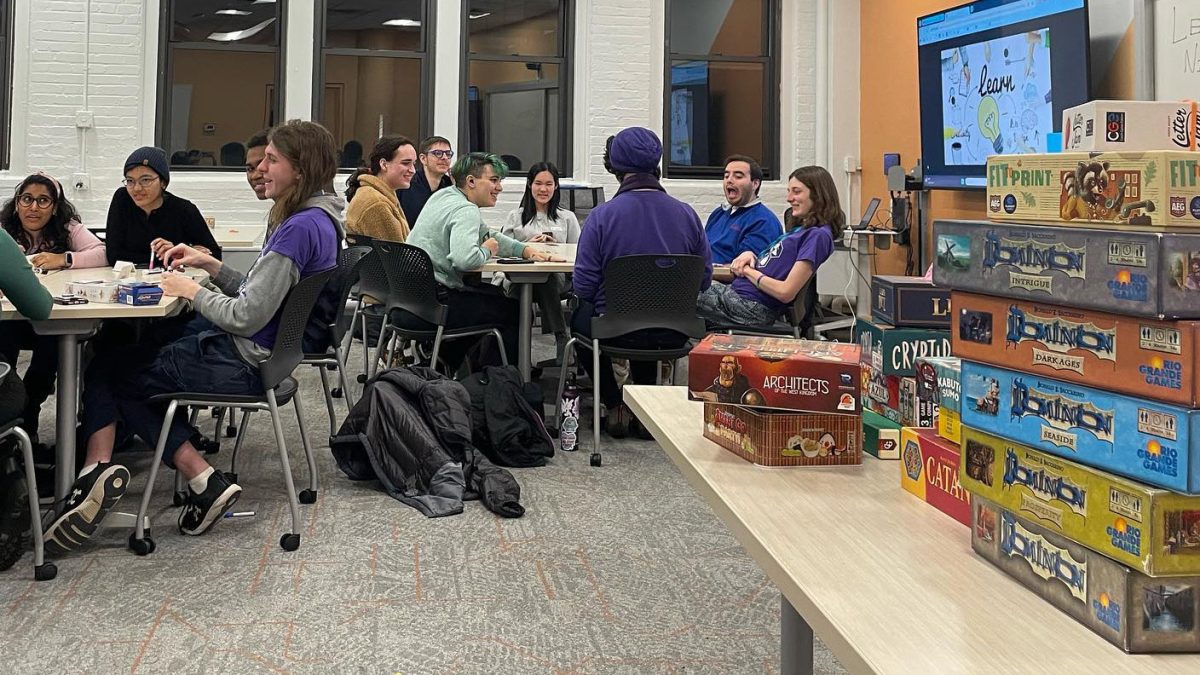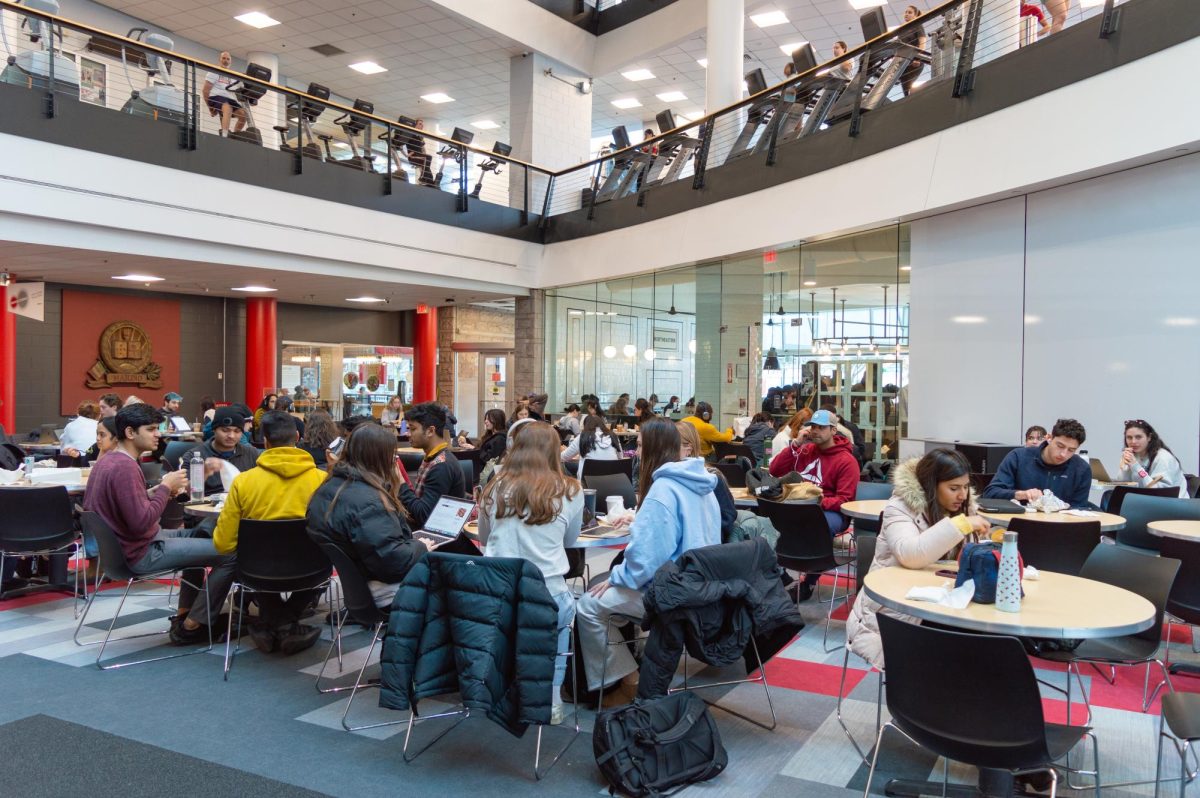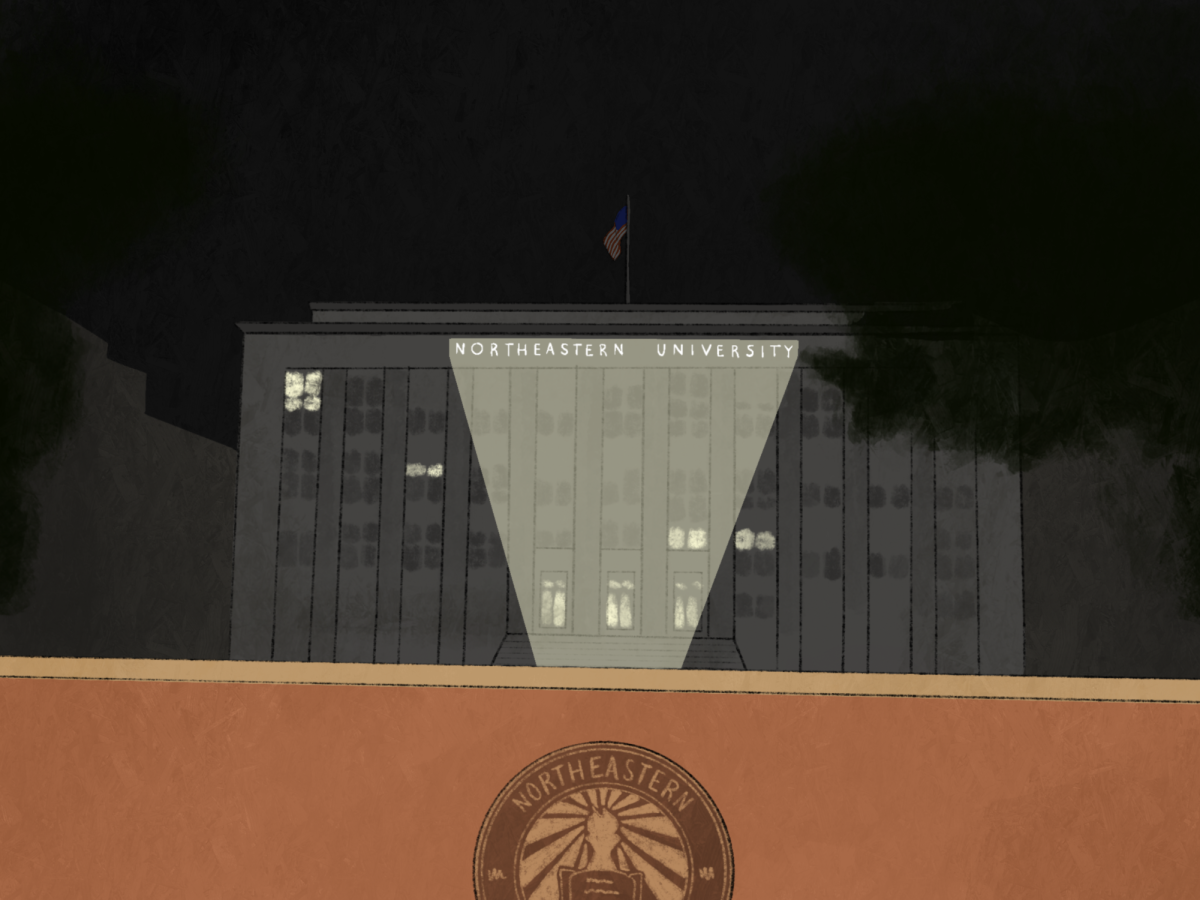City celebrates a new art installation in Jamaica Plain
The Jamaica Plain community had the opportunity to celebrate a new public art installation in front of the Boston Center for Youth and Family Curtis Hall.
November 11, 2021
As local band, JP Honk wove through a sea of dancing and laughing individuals from different backgrounds, a reflection of artist Matthew Hinçman’s vision came alive.
The Jamaica Plain community had the opportunity to celebrate a new public art installation in front of the BCYF, orBoston Center for Youth and Family, Curtis Hall and the Jamaican Plain Branch Library Nov. 4. Hinçman’s piece, “Wythe and Web,” is a series of brick walls that wind across the lawn, some of which are capped with glazed bricks. Five bronze folding chairs are also set up on the lawn, completing the piece.
“This new addition to the Jamaica Plain Branch and BCYF Curtis Hall is a great way to honor the strong community ties that are present in this neighborhood,” said acting Mayor Kim Janey at the event. “I can’t wait to see people interact with the artwork and use it as a way to engage in more conversations with each other.”
This new art installation is a part of a long-term public art project program, the Percent for Art Program. Boston’s Chief of Arts and Culture Kara Elliot-Ortega said the program allows for 1% of the borrowing budget for the City of Boston to be dedicated to integrating public art into capital projects.
“We tried to have a lot of touchpoints so that the community had some say and could guide the project’s process,” Ortega said. “We heard pretty loud and clear that this space should have some personality and that the artwork should be really flexible. One of the goals of the project was that anybody could come here and do their own program, whether that’s a cultural program, a parade or selling goods, artwork should accommodate that and encourage it.”
Additionally, the program calls for local artists with a deep understanding of the community. As a resident of Jamaica Plain for about 30 years, Hinçman had some previous experience creating public art for the neighborhood. Hinçman has been generating guerilla public art for awhile, famously the Jamaica Pond Bench, and was encouraged to apply a public proposal by numerous people in the community.
“The public sphere allows me to share my work with a really localized group of folks,” Hinçman said. “And so, yes, I am giving back to the community in a way but I really appreciate the generosity of giving my work to the public.”
Hinçman also underscored the importance of the community’s narrative “Keep JP Weird” in his piece. “Here is an opportunity for various interpretations through engagement. It’s not like you stand back and look at the thing like ‘What is it trying to tell me?’ like at a gallery, but how I can use this space, and through that use, this space can be quite individual and surprising,” Hinçman said.
Both Ortega and Hinçman relayed the hope that the site is a place that invites people of different ethinic, gender and racial backgrounds.
Ortega said the accessibility of this project may be overlooked. Ortega said the accessibility of the greenspace for those with disabilities was “limited due to a curve and a fence.” This was quickly resolved, however, and there is now a new way to access this greenspace and “recognize diversity in all of its forms.”


